How to Care for Dry Hair as You Get Older—And Get That Shine Back
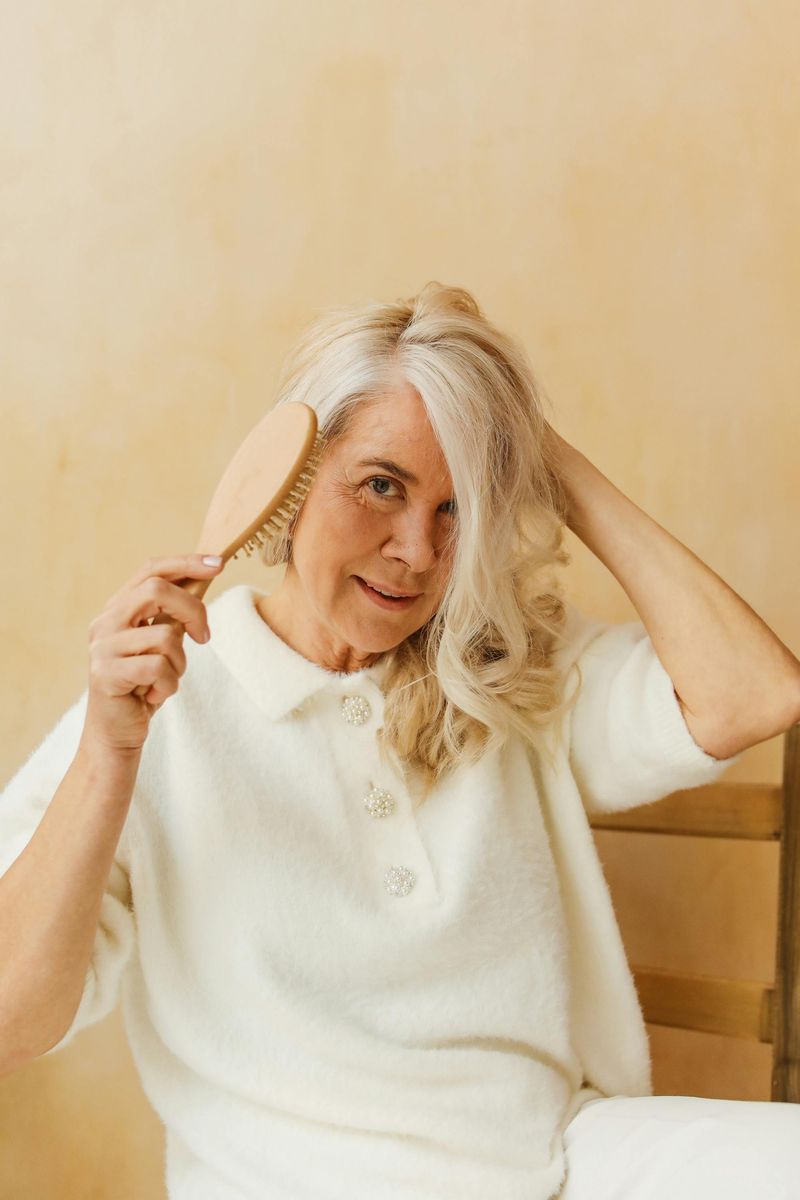
As we get older, a lot of changes happen to our bodies—but many of us don’t expect our hair to be one of them. Over time, your scalp produces less oil, strands become more brittle, and that once-vibrant shine starts to fade. It can be frustrating, but the good news is that dry, dull hair isn’t something you have to accept.
1. Hydrating Shampoo and Conditioner
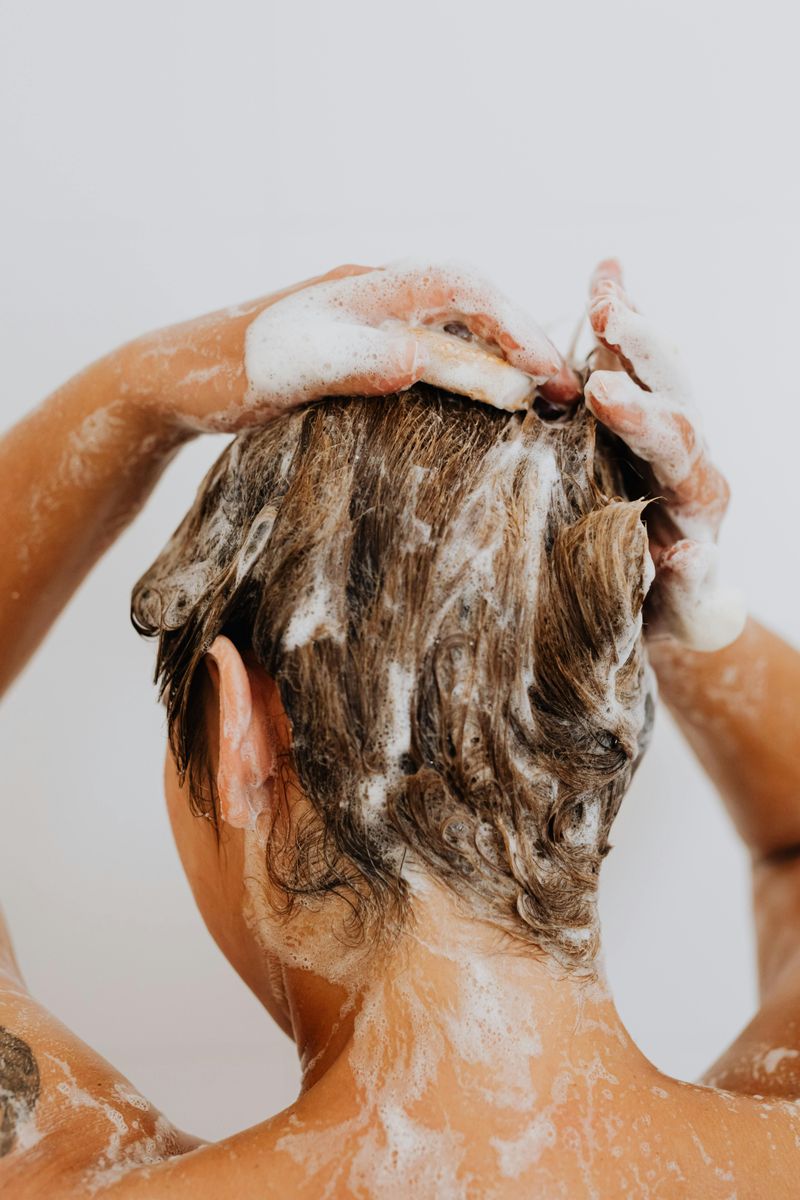
Hair that feels rough and lacks shine often needs moisture at the very root of your routine—literally. A hydrating shampoo and conditioner duo can provide the foundation for restoring softness and manageability.
Look for formulas that are sulfate-free and loaded with moisture-binding ingredients like glycerin, hyaluronic acid, or aloe vera. These help your hair retain water and prevent further dryness. Wash less frequently if possible, and always follow shampoo with a conditioner that’s made to seal in hydration. Consistent use can help your hair regain its bounce and natural shine over time.
2. Weekly Deep Conditioning Treatments
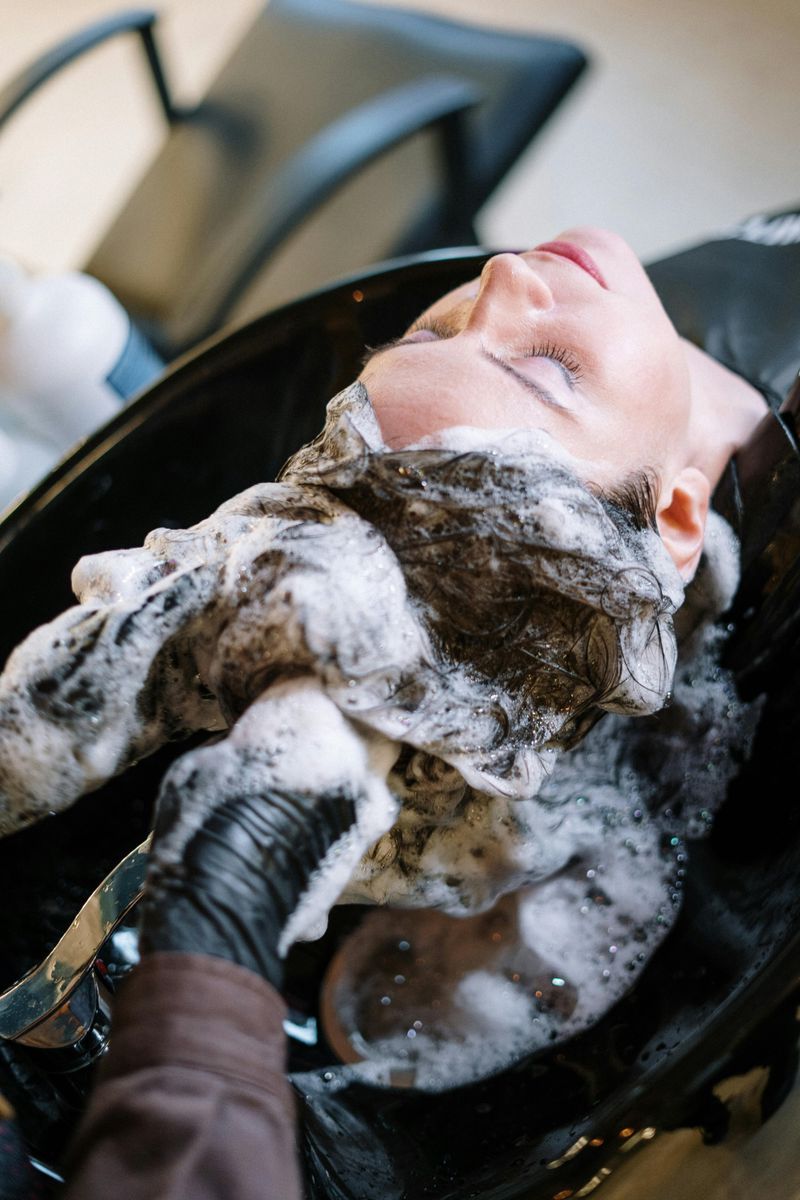
Even the best daily conditioner can’t compete with the intensive nourishment a deep treatment provides. Weekly masks or treatments are essential for replenishing moisture and repairing damage caused by age, heat, or styling.
Rich ingredients like shea butter, coconut oil, or avocado penetrate the hair shaft, leaving your strands softer and less prone to breakage. Apply once a week, leave it on for 10–30 minutes (or as directed), and use heat or a shower cap to boost absorption. Over time, this ritual can turn parched hair into a smooth, glossy mane.
3. Leave-In Conditioner or Detangler
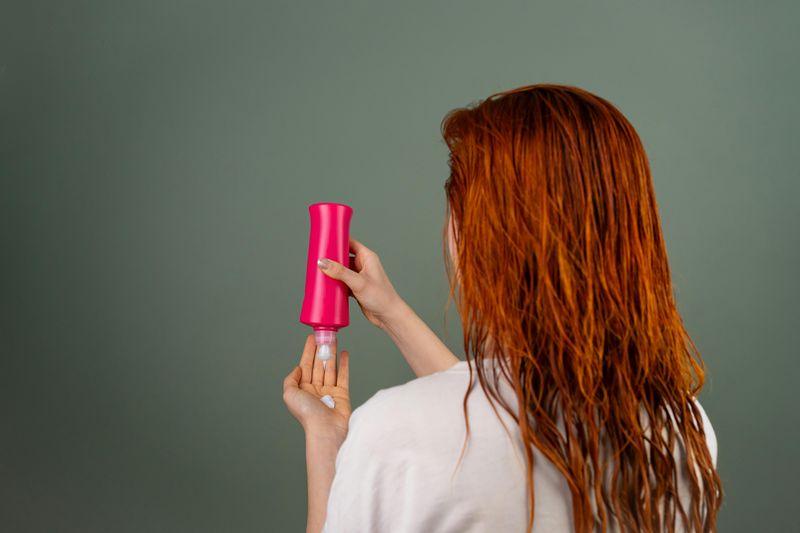
Sometimes, your hair needs an extra layer of moisture and protection between washes. Leave-in conditioners and detanglers are perfect for this, offering light hydration without buildup.
These products are especially helpful for older, drier hair that’s prone to tangling and breakage. They coat the strands, making combing easier and preventing split ends. Sprays work well for fine hair, while creams may suit coarser textures. Use them on damp hair before styling or throughout the day to refresh and soften your look.
4. Argan or Coconut Oil
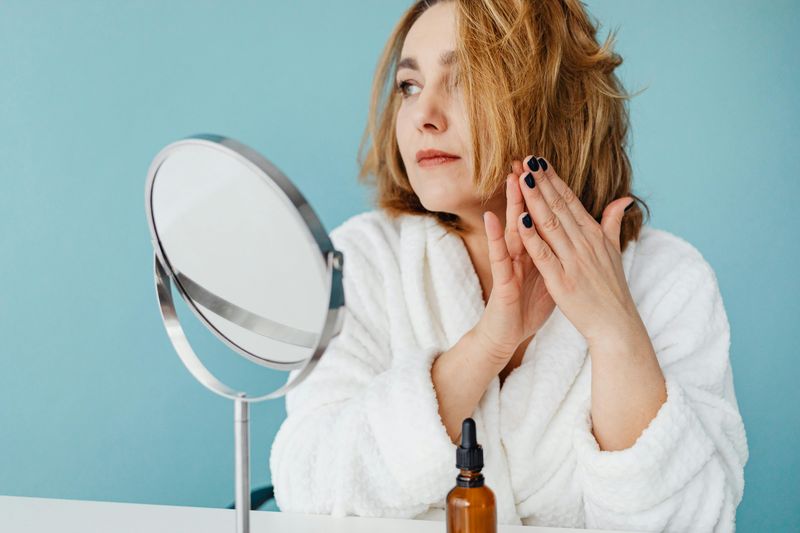
Natural oils are a dry hair’s best friend, and they’re even more effective as you age. Argan oil, often called “liquid gold,” and coconut oil are rich in fatty acids and antioxidants that nourish hair from the outside in.
Just a few drops applied to the mid-lengths and ends can dramatically increase shine and smoothness. These oils also help protect your hair from environmental damage. Be careful not to overdo it—start small and build up if needed. For an overnight boost, try a pre-shampoo oil treatment once a week.
5. Scalp Massage Tools
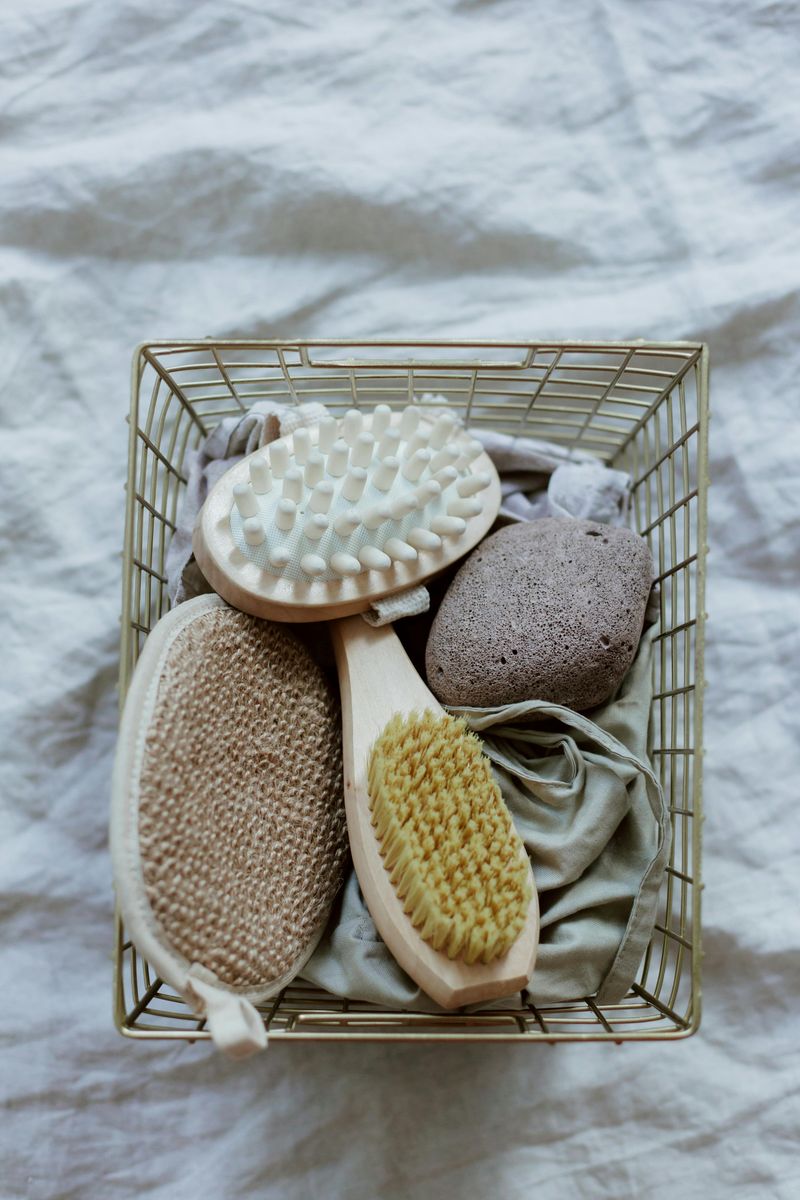
Healthy hair starts at the scalp, yet it’s often overlooked in most hair care routines. As oil production slows with age, stimulating the scalp can make a big difference.
Scalp massage tools promote blood flow, which improves nutrient delivery to hair follicles and may encourage healthier, shinier growth. You can use them in the shower with shampoo or during oil treatments to increase absorption. This simple, relaxing step helps relieve tension while supporting your scalp’s natural oil production—essential for keeping hair soft and strong.
6. Silk or Satin Pillowcases
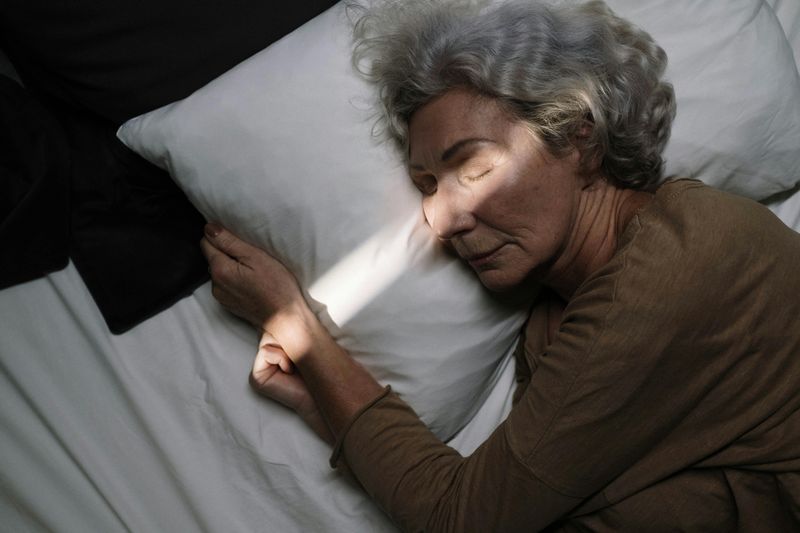
You might not realize it, but your pillowcase could be making your dry hair worse. Cotton pillowcases absorb moisture and create friction, leading to breakage, frizz, and dullness.
Switching to a silk or satin option can make a noticeable difference. These materials are smoother and help your hair retain its natural oils while you sleep. They also reduce friction, meaning less tangling and fewer split ends. Plus, they’re a luxurious touch that can benefit your skin too—an all-around win.
7. Heat Protectant Spray
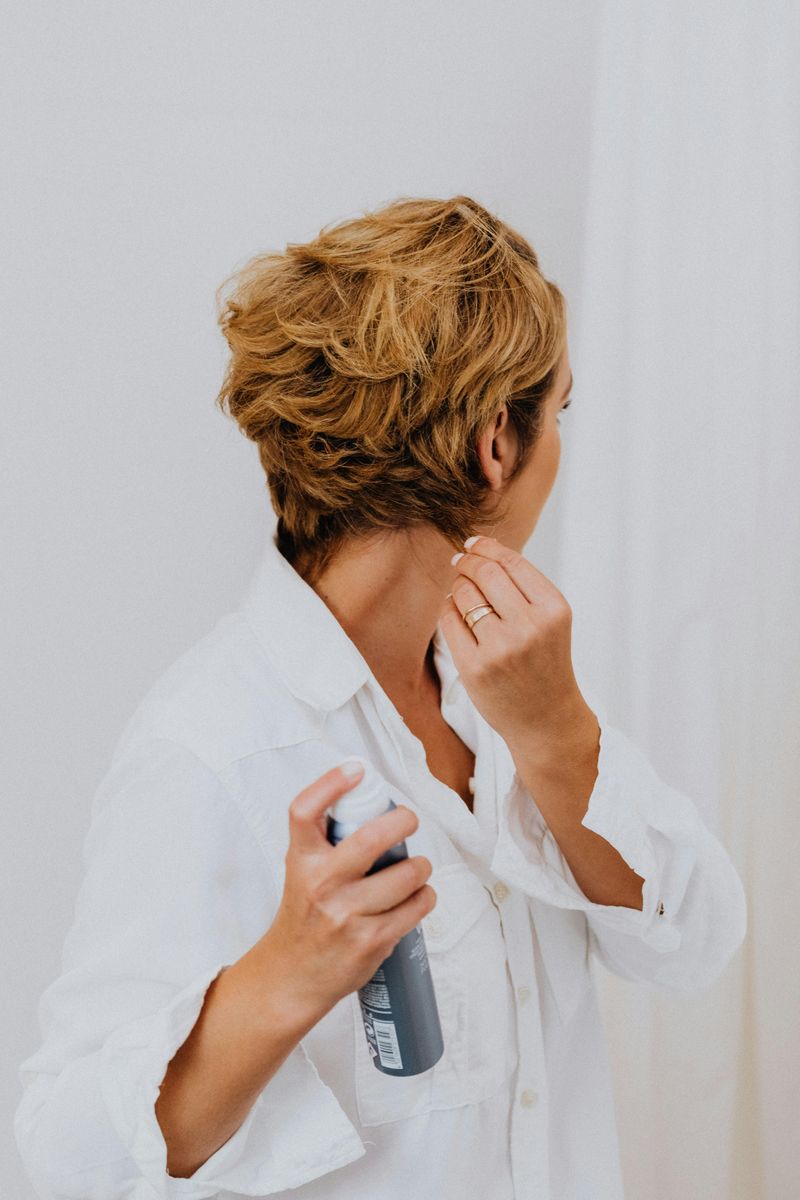
Styling tools like blow dryers, curling irons, and straighteners are hard on aging hair. If you’re going to use them, protection is non-negotiable.
A quality heat protectant spray acts like a barrier, shielding your strands from the intense temperatures that dry out and weaken hair. Spray it onto damp hair before blow-drying, or onto dry hair before using hot tools. Look for formulas that include ingredients like silicones or proteins to create a protective film. It’s a small step that makes a big difference in preventing damage and maintaining shine.
8. Wide-Tooth Comb
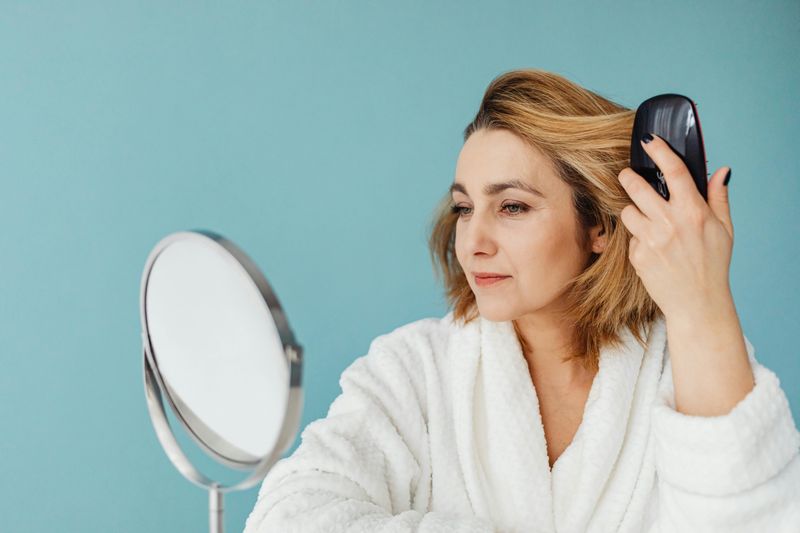
Right after washing, your hair is at its most vulnerable. Tugging at knots with a brush can stretch and snap delicate strands.
A wide-tooth comb is gentle and effective at detangling without causing breakage. Start from the ends and work your way up to avoid pulling on the roots. This tool is especially helpful for textured or coarse hair that tends to form knots. Using it consistently can help keep your hair healthier, stronger, and noticeably shinier.
9. Regular Hair Trims
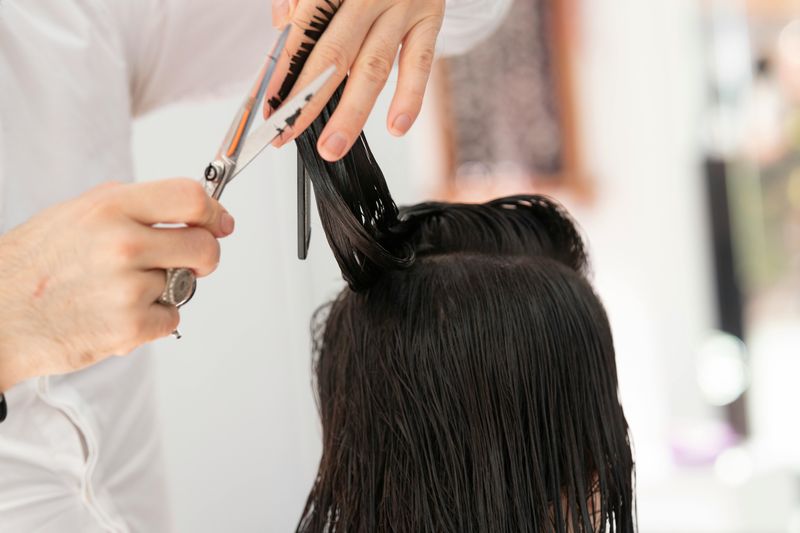
Holding onto every inch of length might feel tempting, but split ends won’t do your shine any favors. Trimming regularly—every 6 to 8 weeks—can actually help your hair look thicker and more polished.
By snipping off the damaged, dry ends, you’re preventing splits from traveling up the hair shaft. That means fewer frizzy pieces and a smoother, more reflective surface. Even if you’re growing your hair out, regular trims are key to maintaining its overall health and vibrancy.
10. Hydration from Within

What you put into your body is just as important as what you apply to your hair. Dehydration and poor nutrition can directly impact hair quality.
Make sure you’re drinking plenty of water each day, especially if you live in a dry climate or consume a lot of caffeine. Foods rich in omega-3s—like salmon, walnuts, and flaxseeds—support scalp health. You might also consider biotin or collagen supplements if your doctor gives the green light. A balanced diet and adequate hydration are essential for restoring shine from the inside out.
11. Limit Hair Washing Frequency
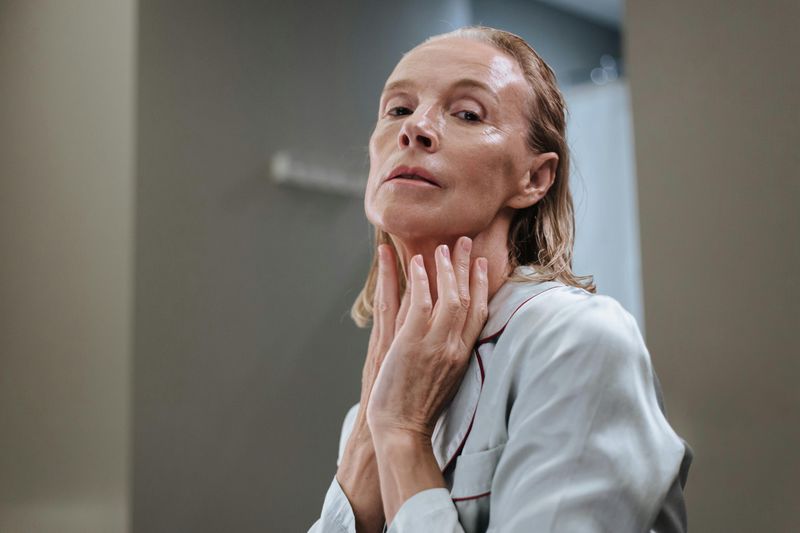
Cleansing your hair too often can strip away the natural oils your scalp still produces—no matter how sparse they’ve become.
Instead of daily shampooing, try washing your hair 2 to 3 times a week. This allows your natural oils to nourish your hair and scalp longer. If your roots get oily quickly, a dry shampoo in between washes can help. Less frequent washing not only prevents dryness but also helps your hair retain shine and softness naturally.
12. Apple Cider Vinegar Rinse (Occasional Use)
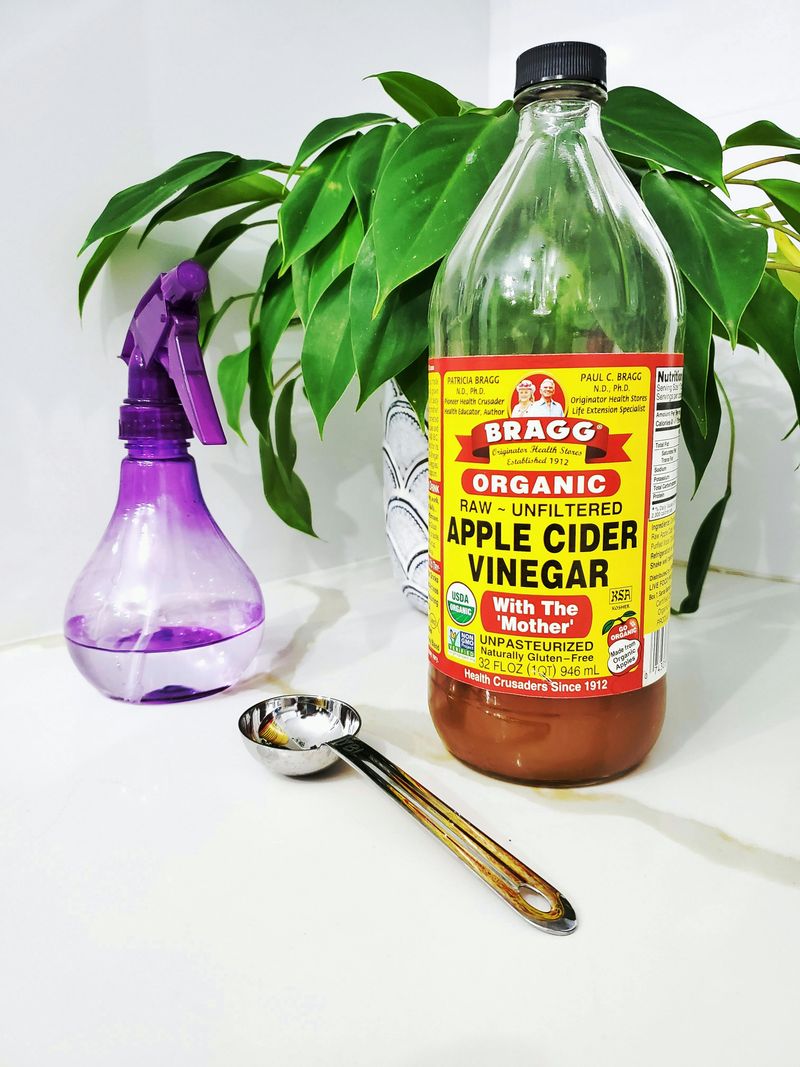
Product buildup can dull your hair and clog your scalp. An occasional rinse with apple cider vinegar can restore clarity and boost shine.
This natural remedy helps balance your scalp’s pH, eliminate residue, and smooth the hair cuticle for a reflective finish. Mix one part vinegar with three parts water, pour over your scalp after shampooing, and rinse thoroughly. Use it once every week or two for best results. Just be sure to follow up with a conditioner to avoid drying out your strands.
13. UV-Protective Hair Products
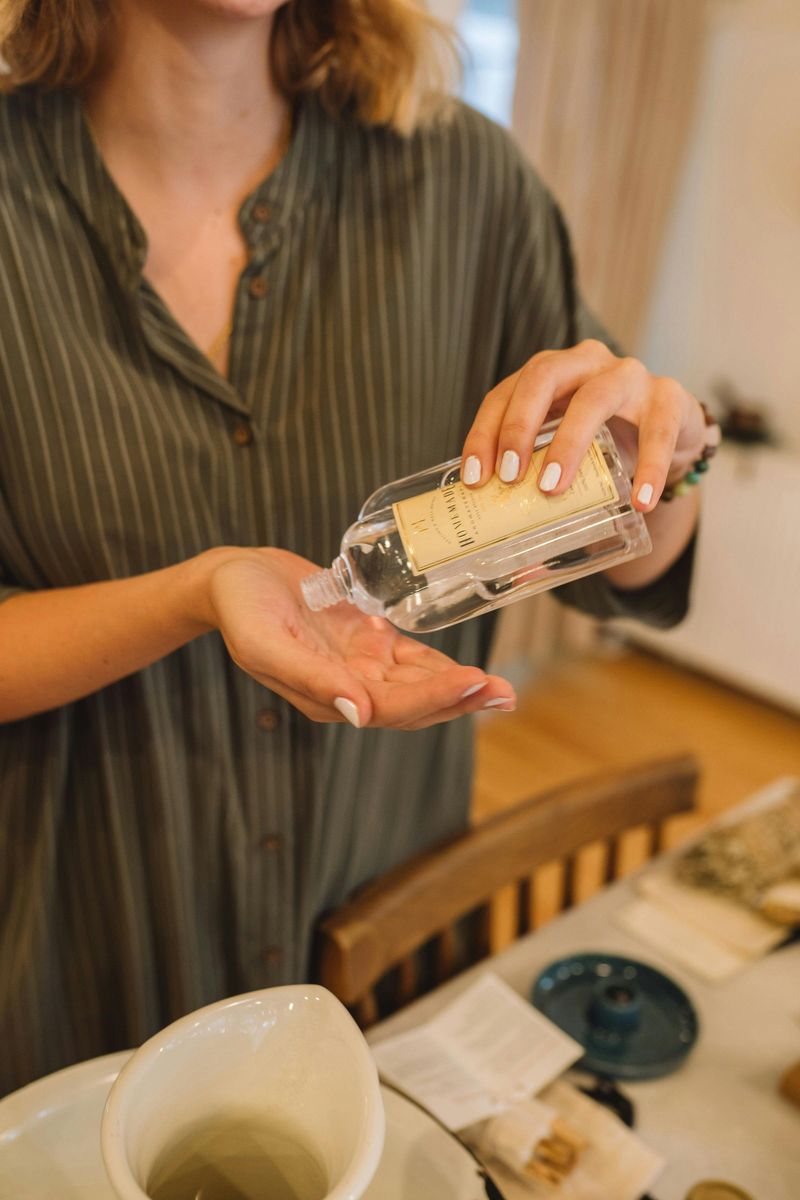
Sun damage isn’t just a skin concern—it can also wreak havoc on your hair. Ultraviolet rays dry out strands and fade color, leaving hair brittle and lifeless.
Using UV-protective sprays or leave-in conditioners can shield your locks when you’re spending time outdoors. These products form a barrier against the sun and often come with hydrating ingredients to double down on moisture. They’re especially helpful if you color your hair or spend a lot of time at the beach or pool.
14. Avoid Alcohol-Based Styling Products
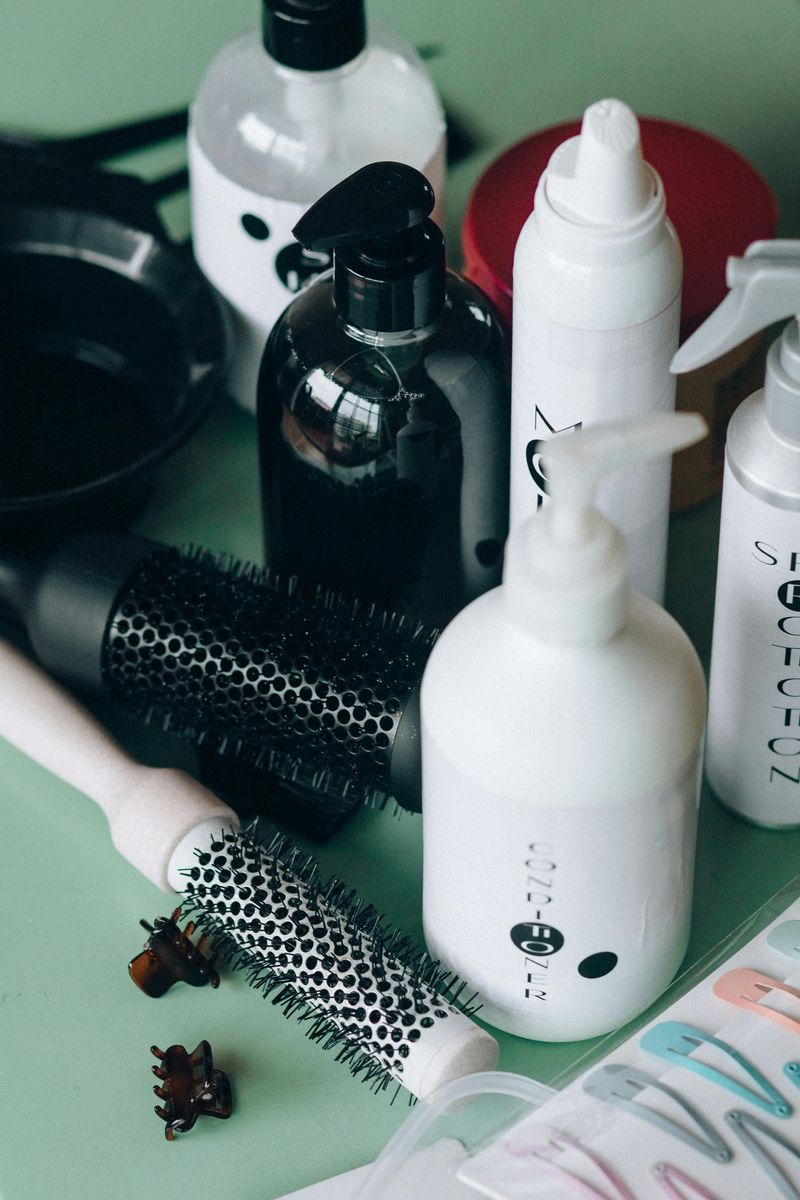
That firm-hold gel or volumizing mousse might seem helpful, but many of these products are loaded with drying alcohols.
These ingredients evaporate quickly and leave your hair stripped of moisture. Instead, opt for styling creams, mousses, or serums that list nourishing oils or glycerin among the top ingredients. Your hair will thank you with less frizz, better manageability, and improved shine over time. Always read labels and steer clear of “denatured alcohol” or “ethanol” near the top of the ingredient list.
15. Switch to Gentle Hair Coloring Products
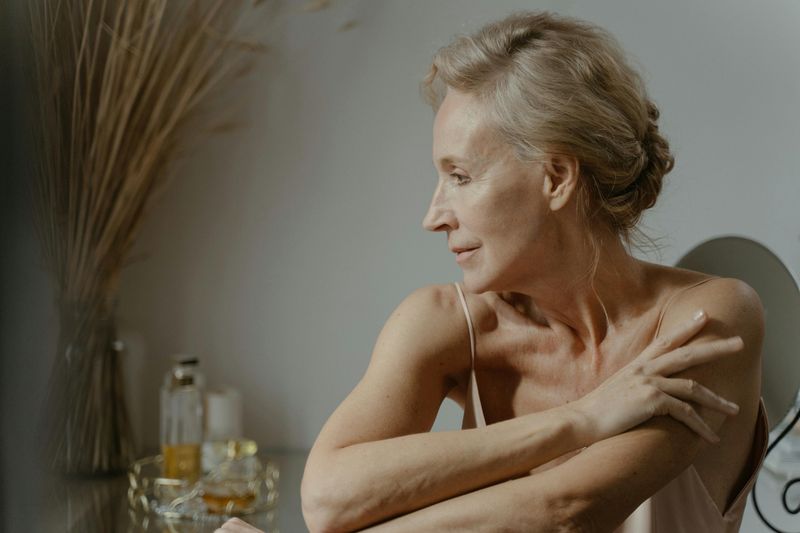
Coloring your hair can boost confidence, but traditional dyes can be harsh on aging, dry-prone strands.
Ammonia and bleach strip the cuticle and can cause long-term dryness and breakage. Look for gentler alternatives—like ammonia-free dyes, semi-permanent colors, or plant-based options like henna. These choices offer a softer approach while still covering grays or enhancing natural tones. Pair your coloring routine with a color-safe, moisturizing shampoo to keep your strands vibrant and nourished.

Comments
Loading…